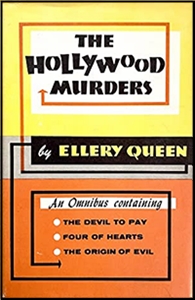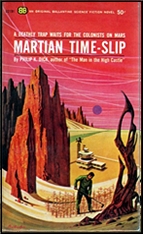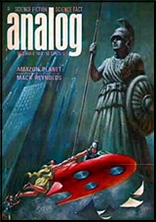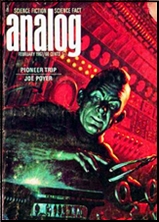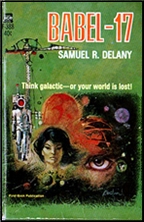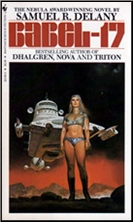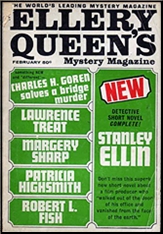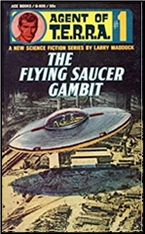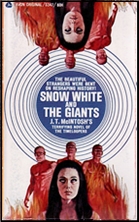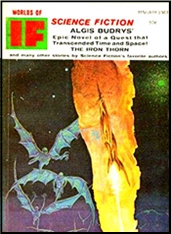Sun 13 Feb 2022
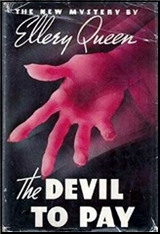
ELLERY QUEEN – The Devil to Pay. Stokes, hardcover, 1938. Pocket #270, paperback, 1944. Reprinted many times, including as one of the three novels in the omnibus volume The Hollywood Murders (J. B. Lippincott, hardcover, 1951). Also note: The Perfect Crime (Grosset & Dunlap, hardcover, 1942) was a novelization of the film Ellery Queen and the Perfect Crime (Columbia, 1941), which in turn was loosely based on this novel.
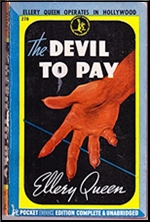
Ellery, as Hilary “Scoop†King, the wildest type of parody of a newspaperman, solves the murder of a crooked financialist, Solly Spaeth. After disastrous floods in the Midwest, Ohippi hydroelectric project collapsed, leaving all other stockholders ruined, including Spaeth’s partner. There is also the matter of the correct will, so there are plenty of motives.
A smooth, easy flow of words, a well-coordinated plot, and as “unlikely†but fairly obvious choice of murderer makes for enjoyable reading. However, there is nothing much to remember it by – I presumably have read it before, but nothing came back this time. Also included are Ellery’s experiences in trying to see an eccentric Hollywood producer.
Rating: ****
